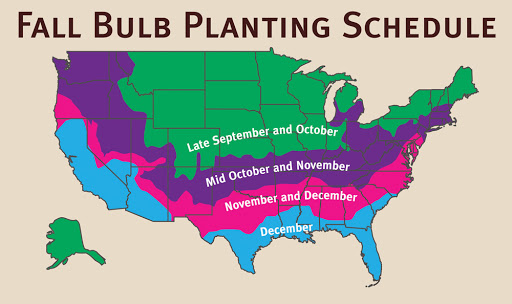We have been purchasing our bulbs from A.D.R. for many years now. As a contractor, the process to order bulbs for many different clients is easy and seamless. The website is a wonderful tool that we refer to quite often for product information, photos, and combination ideas. Our bulbs always arrive on time and wonderfully organized to make our installation much more efficient . The product is top notch and leaves our customers with wanting more and more each season.
Ashley Marrin
, Bret-Mar Landscape
« Previous Plant | Next Plant »
Narcissi Large Cupped 'Peaches and Cream'
Daffodil
Narcissus 'Peaches and Cream' is a large-cupped daffodil, reaching 16 to 18 inches in height. It produces creamy-white petals surrounding a soft peach-colored cup, which matures to a buttery hue. The blooms appear in early to mid-spring and are lightly fragrant, making them excellent for cut arrangements. Thriving in full sun to part shade, 'Peaches and Cream' prefers well-drained soil and is deer-resistant, rabbit-resistant, and drought-tolerant. This variety is particularly well-suited for southern gardens, as it tolerates heat and humidity better than many other daffodil types.
224.40
Narcissi Calculator
When should I plant Narcissi Large Cupped 'Peaches and Cream'?

Growing and Maintenance Tips for Narcissi Large Cupped 'Peaches and Cream'
Planting: Plant bulbs in fall, 6 inches deep and 4 to 6 inches apart, with the pointed end up. These daffodils are ideal for mass plantings or formal borders.
Location: Full sun to partial shade. They bloom best with at least 6 hours of sunlight daily.
Soil: Well-drained, moderately fertile soil with a slightly acidic to neutral pH (6.0–7.0). Enrich with compost or leaf mold.
Watering: Water after planting and during active spring growth. Once foliage yellows, reduce watering—bulbs prefer dry summer dormancy.
Temperature: Hardy in USDA zones 3–8. Requires a winter chill to bloom reliably.
Fertilization: Apply compost or a low-nitrogen fertilizer in fall and again in early spring.
Pruning: Deadhead spent blooms to prevent seed formation. Allow foliage to die back naturally to recharge the bulb.
Propagation: Naturalizes by offsets. Divide clumps every 4 to 5 years in summer when dormant.
Pest & Disease: Deer- and rodent-resistant. Good drainage prevents bulb rot.








Check back soon for additional details.